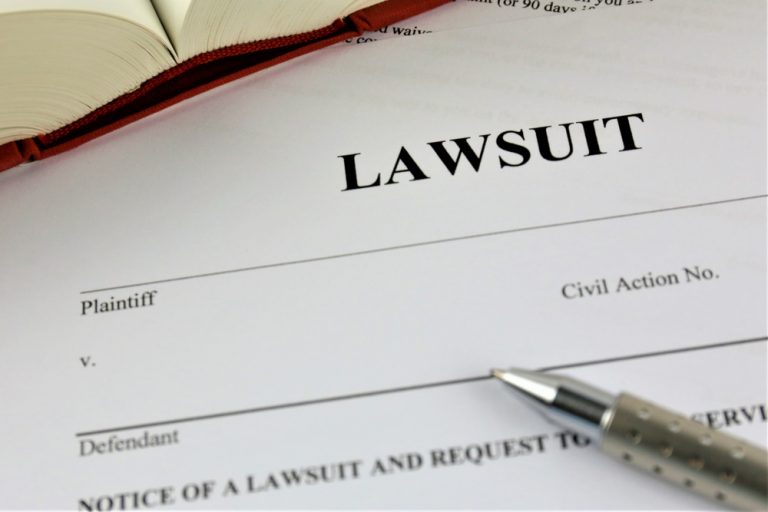The Importance of Trial Themes and How to Use Them Before a Jury
The Importance of Trial Themes and How to Use Them Before a Jury
If you use it right, a great theme will serve as the hook that brings the jury back—to your best facts, your best arguments, and onto your side.

Some attorneys claim that they do not use trial themes because they are trite or “cheesy” and that juries find them distasteful. I could not disagree more. What people think they like, and what they respond to, are often two different things. A juror may scoff at your theme the first time they hear it, but ultimately, a great theme will play like a song in their head when they enter the deliberation room. When you have presented your case and the time has come when you can no longer speak to the jury, your theme will speak to them for you. If you use it right, a great theme will serve as the hook that brings the jury back—to your best facts, your best arguments, and onto your side.
An Important Tool of Persuasion
Trial themes are an important tool of persuasion for an attorney and is one of the trial skills taught at the Kessler-Eidson Program for Trial Techniques at Emory Law where I have been a faculty member for five years. The class includes a series of workshops that culminates with a simulated jury trial.
One particular student’s experience highlights the importance of the skills we bring to the courtroom. After her trial, the student had the opportunity to hear the jury, made up of local college students, deliberate. When the verdict was against her client, and the jury left the room, she told me, “they didn’t even hear this very important fact! If they were listening, they would have had to decide this case for my client.” I explained that it was her job to make sure the jury heard the most important pieces of evidence in her client’s favor. Every tool in a trial lawyer’s toolbox is designed to make sure the jury hears, understands, and remembers the information that is important to your case. A theme is one such tool because, like a great hook, it brings the jury back.
Developing a Winning Trial Theme Is as Easy as 1, 2, 3
There are three “rules” that can help a trial lawyer develop a winning theme. The theme should incorporate at least one of your three best facts, it should be catchy, and it should be repeated —And then repeated throughout your presentation like the chorus to the song that is your case.
Rule 1: Incorporate at least one of the three best facts supporting your client’s case.
If the goal of an effective theme is that it will play in the jury’s head in the deliberation room, a theme is only useful if it actually enhances your case. As such, a highly effective theme will be extremely case-specific, incorporating at least one of the three best facts supporting your client’s case.
One example that I love is from my days as a prosecutor in a DUI case where a defendant refused to take a breath alcohol test. We told the jury, “the defendant could have blown this case away.” The decision not to take a breath alcohol test is often the biggest piece of evidence in such cases, because everyone licensed to drive in Florida agrees that if they do not blow into the breath machine when asked, they forfeit their license for a period of time. This theme reminded the jurors, when they were sifting through the many reasons argued by the defense that their sober client refused, that ultimately a person who is sober would not want to deal with criminal charges and a forfeited driver’s license if they could prove their sobriety with one simple “blow.”
Another favorite trial theme was effective in an educational setting. We represented a plaintiff that was hit by an 18-wheeler, but the negligence of the driver was relatively minor. As such, we had to focus on the element of duty—that a person driving an 18-wheeler can do a lot more damage than a person driving a sedan, and therefore has to be even more careful. We also learned that the 18-wheeler weighed approximately 18,000 pounds. So our theme was simply to emphasize “18,000 pounds.” We reminded the jury, at every turn, of the huge weight of the defendant’s responsibility. In closing, we argued that the defendant had an 18,000-pound duty to be drive responsibly and with care.
Rule 2: Use a catchy hook to make it memorable.
The goal is to be memorable. Rhetorical devices such as rhyming, references to music, literature or pop culture, and alliteration can all help to embed your theme into the jurors’ heads. After 27 years, everyone remembers “if the glove don’t fit, you must acquit” more than anything else that happened in the infamous trial where that phrase was leveraged repeatedly. The fact that I do not have to name the trial proves the value of a catchy hook to bring the jury back to your best facts and arguments.
Rule 3: Weave your theme throughout the entire trial.
It is essential to weave your theme throughout your entire presentation like the chorus to your favorite song, so that it sticks. Studies have shown that people prefer songs that they have heard before. We have all experienced where you think a song is cheesy and bad the first time you hear it. Then, after the third or fourth time you hear it, you start to like it in spite of yourself. A week later, that song you thought you hated is still in your head! So repeat, repeat, repeat. I use my theme in the first and last paragraph of both my opening statement and closing argument, and I weave it into as many direct and cross examinations as I can (e. g., to defendant driver, “the truck you were driving was 18,000 pounds, is that correct?”). Spend just 10 extra minutes of trial preparation going through your witness examinations to see where you can fit your theme—if it incorporates your best facts, the opportunities will exist.
A Great Theme Can Help You Win a Close Trial
When the facts are as close as can be, the best advocate often wins. A great theme, used correctly, is one of the best tools in your arsenal to speak to your jury once you no longer can— because the hook brings the jury back (see what I did there?).
Reprinted with permission from the October 28, 2022 edition of Daily Business Review © 2022 ALM Media Properties, LLC. All rights reserved. Further duplication without permission is prohibited, contact 877-257-3382 or reprints@alm.com.









